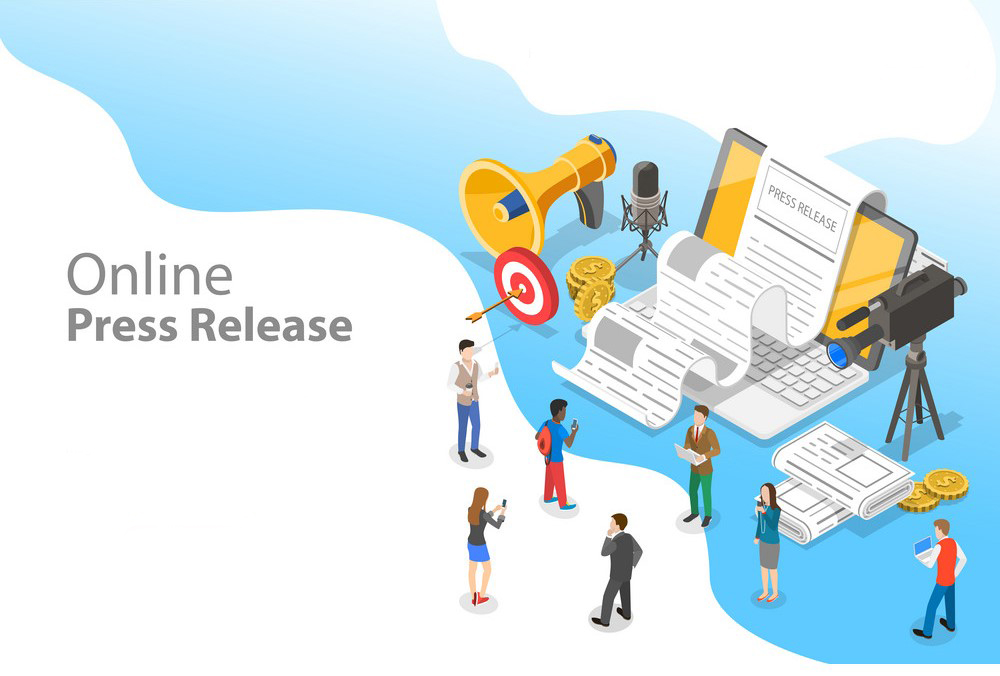Want better results? Start with social testing
Unlock improved results by starting with social testing. By experimenting with various strategies, you can identify what resonates best with your audience, optimize your approach, and drive better engagement. Social testing is key to refining your tactics and achieving measurable success.

In today’s fast-paced digital landscape, social media is an essential tool for businesses striving to reach and engage their target audiences. But how can you ensure that your social media efforts are yielding the best possible results? The answer lies in social testing. This strategic approach involves experimenting with various elements of your social media campaigns to determine what works best for your audience. In this guide, we’ll delve into the significance of social testing and how it can drive better results for your business.
Understanding Social Testing
Social testing, often referred to as social media experimentation, involves analyzing different aspects of your social media strategy to optimize performance. This process includes testing various content formats, posting times, audience segments, and ad creatives to see what resonates most with your target demographic. By implementing systematic testing, you can gather valuable insights that help refine your strategy and improve overall effectiveness.
The Benefits of Social Testing
Implementing social testing offers numerous advantages for your social media campaigns:
Informed Decisions: Rather than relying on assumptions, social testing provides concrete data that informs your decision-making process.
Enhanced Engagement: By identifying the types of content that engage your audience the most, you can create more compelling and relevant posts.
Improved ROI: Testing helps optimize your ad spend by identifying which ads perform best, leading to a better return on investment.
Audience Insights: Social testing reveals detailed insights into your audience’s preferences and behaviors, allowing for more targeted marketing efforts.
Key Areas to Test in Social Media
To maximize the effectiveness of social testing, focus on these key areas:
Content Formats
Different content formats can have varying impacts on audience engagement. Consider testing:
Images vs. Videos: Compare the performance of image-based posts versus video content to see which generates more interactions.
Long-Form vs. Short-Form Content: Experiment with different lengths of content to determine what your audience prefers.
Interactive Content: Test polls, quizzes, and interactive elements to boost engagement and gather feedback.
Posting Times
The timing of your posts can significantly influence their visibility and engagement. Test different posting times and days to identify when your audience is most active. Consider factors such as:
Time of Day: Experiment with morning, afternoon, and evening posts.
Day of the Week: Test posts on various days to determine if certain days yield better results.
Audience Segments
Targeting the right audience is crucial for effective social media campaigns. Test different audience segments to see which groups respond best to your content. You can experiment with:
Demographics: Test different age groups, genders, and locations.
Interests: Experiment with targeting based on interests and behaviors.
Ad Creatives
If you’re running paid social media ads, testing various ad creatives can help improve performance. Consider testing:
Ad Copy: Experiment with different headlines and descriptions to see which ones drive higher engagement.
Visuals: Test different images and videos to determine which visuals attract more clicks.
Call-to-Action: Test various calls-to-action to see which prompts the most conversions.
Implementing Social Testing
To effectively implement social testing, follow these steps:
Set Clear Objectives
Before starting any social testing, define what you aim to achieve. Whether it’s increasing engagement, driving more website traffic, or improving conversion rates, having clear objectives will guide your testing process.
Develop a Testing Plan
Create a structured plan outlining what you will test, how you will measure success, and the timeline for each test. Ensure that each test is focused on one variable to accurately assess its impact.
Collect and Analyze Data
As you conduct tests, collect data on performance metrics such as engagement rates, click-through rates, and conversion rates. Use analytics tools to track and analyze this data to identify trends and insights.
Make Data-Driven Decisions
Based on the data collected, make informed decisions about which strategies and tactics to continue, adjust, or discard. Apply these insights to optimize your social media strategy for better results.
Common Mistakes to Avoid in Social Testing
While social testing is a powerful tool, avoid these common mistakes:
Testing Too Many Variables at Once: Focus on one variable per test to accurately measure its impact.
Neglecting to Set Clear Goals: Without clear objectives, it’s difficult to determine the success of your tests.
Ignoring Data Analysis: Collecting data is only valuable if you analyze and act upon it.
FAQ
What is social testing in social media?
Social testing involves experimenting with various elements of your social media strategy—such as content formats, posting times, and audience segments—to determine what works best for your audience and optimize performance.
Why is social testing important?
Social testing is crucial because it provides data-driven insights that help refine your social media strategy, enhance engagement, and improve return on investment.
How can I start social testing?
Begin by setting clear objectives, developing a structured testing plan, and focusing on one variable at a time. Collect and analyze data to make informed decisions based on your findings.
What should I test first?
Start with key areas such as content formats, posting times, audience segments, and ad creatives. These elements often have significant impacts on engagement and performance.
How often should I conduct social tests?
Social testing should be an ongoing process. Regularly review and update your testing plan to continuously optimize your social media strategy and stay aligned with audience preferences.
By embracing social testing, you can unlock the full potential of your social media efforts and drive better results for your business.
Get in Touch
Website – https://www.webinfomatrix.com
Mobile - +91 9212306116
Whatsapp – https://call.whatsapp.com/voice/9rqVJyqSNMhpdFkKPZGYKj
Skype – shalabh.mishra
Telegram – shalabhmishra
Email - info@webinfomatrix.com
What's Your Reaction?














